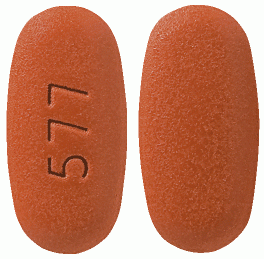JULY 2003 � The current screening strategy for kidney disease among people with type 2 diabetes mellitus is missing an estimated 300,000 people in the U.S., according to a study in the June 25 issue of the Journal of the American Medical Association (JAMA).
Researchers at UC San Francisco, Loyola University Health System, and colleagues found that 30 percent of adult diabetic patients with kidney disease do not have the two conditions traditionally associated with kidney disease in patients with type 2 diabetes -- protein in urine (albuminuria) and eye disease (retinopathy).
"Resulting delays in diagnosis and treatment speed progression to kidney failure," said lead author Holly J. Kramer, MD, assistant professor of epidemiology and preventive medicine, Loyola University Chicago Stritch School of Medicine.
Over the next 10 years, the number of patients in the U.S. with kidney failure (end stage renal disease, or ESRD) is expected to nearly double. By 2010, the cost of ESRD to Medicare may reach $28 billion annually, an amount billed directly to the U.S. taxpayer, according to the United States Renal Data System. Nearly half of all new cases of ESRD are attributed to type 2 diabetes.
"The current approach of screening for protein in urine alone is not sufficient for the early detection of kidney disease," said Chi-yuan Hsu, MD, senior author of the study and UCSF assistant professor of medicine. "Physicians also need to use a blood test that measures kidney function directly." The blood test, serum creatinine, can be used in equations to estimate kidney function, technically known as glomerular filtration rate (GFR), he explained.
Continue Reading Below ↓↓↓
"Patients with type 2 diabetes should ask their doctor for their GFR on an annual basis," said Kramer.
In the study, the researchers examined data from 1,197 people, age 40 or older who have type 2 diabetes. Co-authors of the study are Quan Dong Nguyen, MD, from Johns Hopkins Medical Institutions, Baltimore and Gary Curhan, MD, Massachusetts General Hospital and Brigham and Women's Hospital, Boston.
Source: University of California









